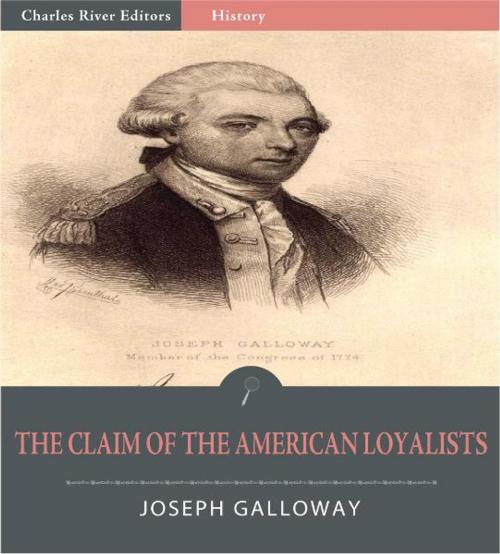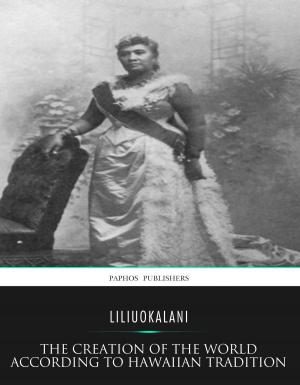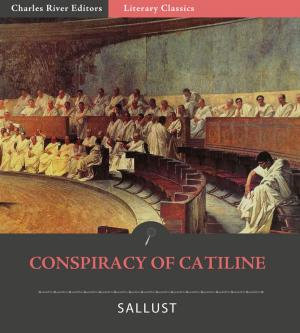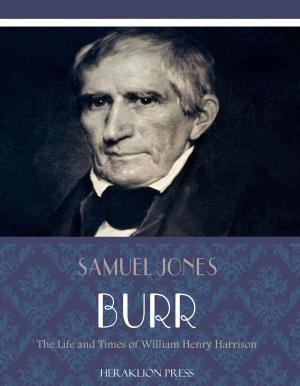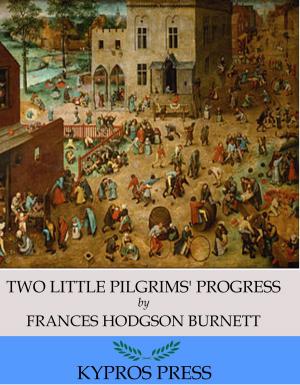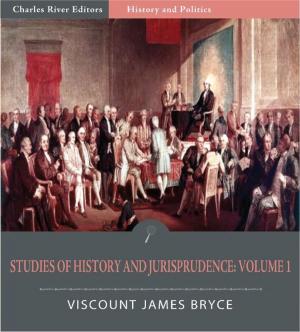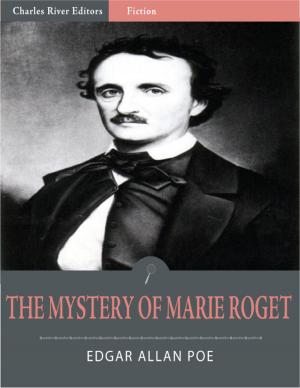The Claim of the American Loyalists
Nonfiction, History, Americas, United States, Colonial Period (1600-1775), Revolutionary Period (1775-1800), British| Author: | Joseph Galloway | ISBN: | 9781619826618 |
| Publisher: | Charles River Editors | Publication: | February 1, 2012 |
| Imprint: | Language: | English |
| Author: | Joseph Galloway |
| ISBN: | 9781619826618 |
| Publisher: | Charles River Editors |
| Publication: | February 1, 2012 |
| Imprint: | |
| Language: | English |
One of the most famous revolutions in history, the American Revolution (1775-1783) was the political upheaval in which 13 distinct colonies in North America banded together to cast off British rule, forming the United States of America. After the shot heard round the world on April 19, 1775, at the Battle of Lexington, the colonies sent representatives to the Second Continental Congress, the new states joined together at first to defend their respective self-governance and manage the armed conflict against the British known as the Revolutionary War (177583, also American War of Independence). Ultimately, the states collectively determined that the British monarchy, by acts of tyranny, could no longer legitimately claim their allegiance. They then severed ties with the British Empire in July 1776, when the Congress issued the Declaration of Independence, rejecting the monarchy on behalf of the new sovereign nation separate and external to the British Empire. Of course, many Americans know little about the British perspective of the war that resulted in American independence. Thousands of Loyalists remained loyal to the British during the American Revolution, and they wrote accounts depicting the events of the revolution from the other side. One such Loyalist was Joseph Galloway, who lost his valuable estate in Pennsylvania during the American Revolution. The Loyalist Galloway spent the rest of his years in exile in Britain lobbying the government for compensation and writing books like this one to justifying his position. This edition of Galloways The Claim of the American Loyalists is specially formatted with a Table of Contents and is illustrated with pictures of Revolutionary War leaders.
One of the most famous revolutions in history, the American Revolution (1775-1783) was the political upheaval in which 13 distinct colonies in North America banded together to cast off British rule, forming the United States of America. After the shot heard round the world on April 19, 1775, at the Battle of Lexington, the colonies sent representatives to the Second Continental Congress, the new states joined together at first to defend their respective self-governance and manage the armed conflict against the British known as the Revolutionary War (177583, also American War of Independence). Ultimately, the states collectively determined that the British monarchy, by acts of tyranny, could no longer legitimately claim their allegiance. They then severed ties with the British Empire in July 1776, when the Congress issued the Declaration of Independence, rejecting the monarchy on behalf of the new sovereign nation separate and external to the British Empire. Of course, many Americans know little about the British perspective of the war that resulted in American independence. Thousands of Loyalists remained loyal to the British during the American Revolution, and they wrote accounts depicting the events of the revolution from the other side. One such Loyalist was Joseph Galloway, who lost his valuable estate in Pennsylvania during the American Revolution. The Loyalist Galloway spent the rest of his years in exile in Britain lobbying the government for compensation and writing books like this one to justifying his position. This edition of Galloways The Claim of the American Loyalists is specially formatted with a Table of Contents and is illustrated with pictures of Revolutionary War leaders.
